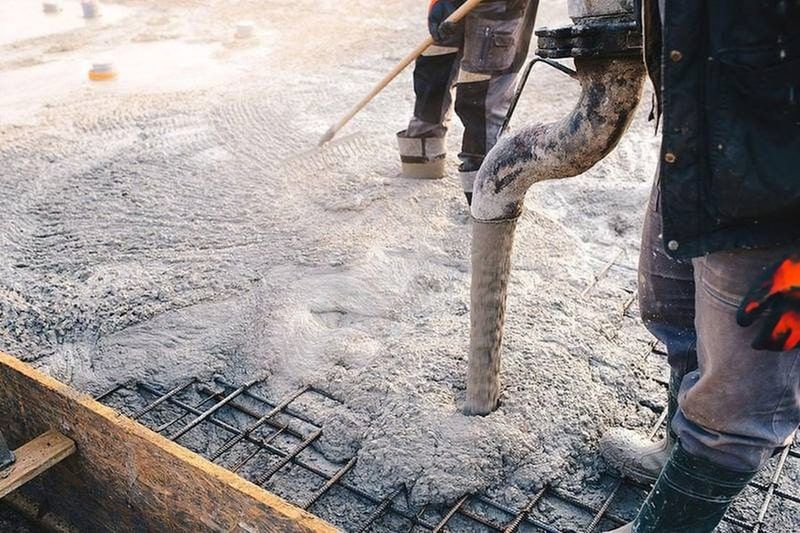Why Should We Use Microsilica in Concrete?

Microsilica, also known as silica fume, is an ultrafine material obtained during the production of silicon and ferrosilicon. Its use in concrete has become increasingly popular due to the significant improvement it brings in strength, durability, and workability.
Types of Microsilica
We have two types available:
FCSC Microsilica 850 (SiO₂ > 85%)
FCSC Microsilica 920 (SiO₂ > 92%)
Both grades are widely used in construction, with dosage typically ranging between 5–10% by weight of cement depending on the mix design requirements.
Key Advantages of Microsilica in Concrete
Enhanced Mechanical Properties
-
Provides higher compressive and flexural strength.
-
Reduces porosity and microcracking, improving load-bearing capacity.
-
Ensures better performance in precast concrete with early-age strength gain.
Superior Durability in Aggressive Environments
-
Mitigates alkali-silica reaction (ASR), preventing expansion and cracking.
-
Provides strong resistance to sulphate attack.
-
Extends service life of structures in coastal and industrial conditions.
Rheological and Aesthetic Benefits
-
Dosage (5–10% by weight of cement) enhances cohesiveness and reduces bleeding.
-
Produces smoother surface finishes, ideal for exposed or decorative concrete.
-
Works well with superplasticizers for complex formwork applications.
Sustainability and Cost Efficiency
-
Repurposes an industrial byproduct, contributing to circular economy.
-
Reduces clinker consumption, lowering carbon footprint.
-
Increases service life, thereby reducing long-term maintenance and costs.
Applications
-
High-strength structural concrete for skyscrapers, bridges, and dams.
-
Marine and coastal construction exposed to chlorides.
-
Industrial flooring, pavements, and tunnels.
-
Repair and rehabilitation of aging concrete structures.